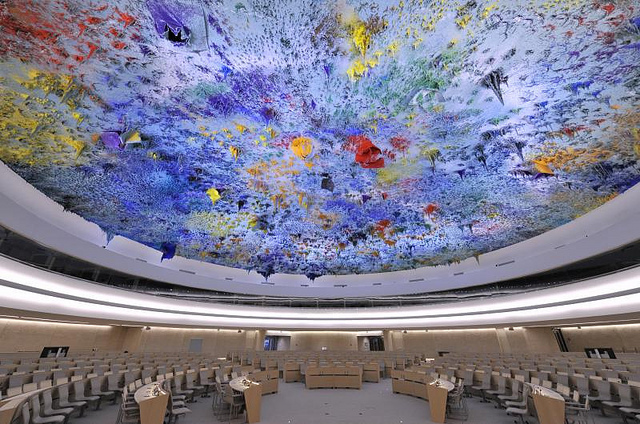Translating at UNOG
If you are an experienced translator with a background in the freelance sector, the private sector or another international organization, you may be wondering what translating at UNOG is like and how it compares with the way you have worked elsewhere.
The majority of the texts that we translate relate to human rights in that they address the work of the various treaty bodies and the meetings between those bodies and the States that have ratified their treaties. These texts include reports submitted by States parties on various aspects of human rights, lists of issues drawn up by treaty bodies (essentially, lists of concerns that a treaty body has about the status of human rights in a particular country), concluding observations on meetings held in Geneva and communications submitted by individuals who believe that their rights under one or other of the treaties have been violated.
ETS staff also translate technical texts for the United Nations Economic Commission for Europe. These texts concern subjects such as the regulations governing the transport of hazardous goods or the technical and safety requirements applicable to inland water transport. The other main body for which we work is the Conference on Disarmament, whose members make statements at meetings that we translate into English.
ETS translators use a translation memory tool known as eLUNa, which was developed by UN staff in Vienna and is regularly enhanced and updated. In addition to checking whether a segment has been translated before, eLUNa can also suggest translations generated by machine translation tools. Aside from online dictionaries, ETS translators regularly refer to the UN editorial manual and the bespoke terminology tool UNTERM.

